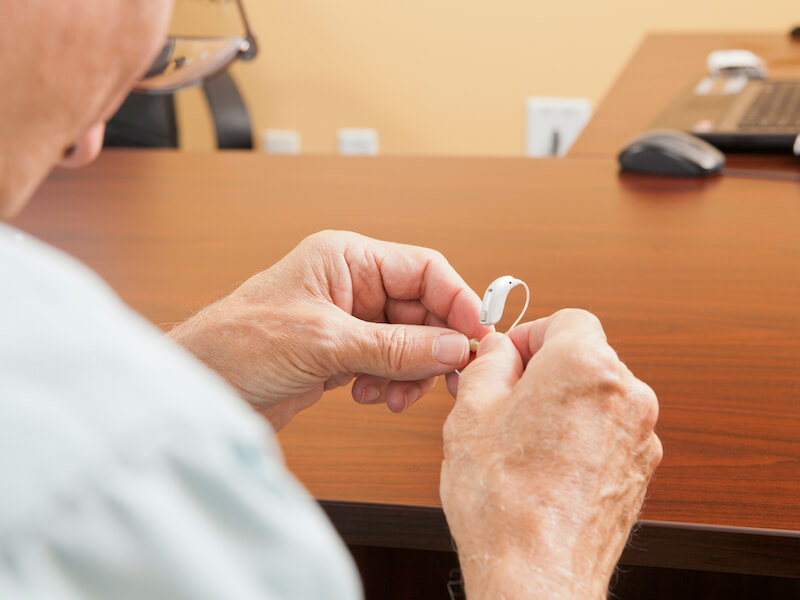
You take care of your hearing aids. Cleaning them daily, you make sure they’re safe and comfortable on their charger when you go to sleep.
But you get pretty distressed when your hearing aids suddenly stop working the way they used to. There are a few things you can do to troubleshoot the issue, thankfully. Just don’t forget: your number one job is to refrain from damaging your hearing aid further (or you might need to replace them).
Hearing aid troubleshooting
Naturally, when you first got your nice new hearing aids, you made a point of putting the owner’s manual in a safe spot. Hopefully, you did so that you can check with your owner’s manual to undertake maintenance and troubleshooting. Every model of hearing aid can be rather different so it’s essential to follow the manual’s recommendations.
Here are some things you can check on most models:
- Wax accumulation: Do a visual check of your hearing aid to make sure that there is no wax buildup interfering with basic operation. Even if you undertake regular cleaning, sometimes wax can build up quickly, so it’s worth checking this off your list.
- Check for visible damage: Do you notice any visible cracks or loose components around the shell of your hearing aid? If you discover cracks, it could indicate that moisture is getting in and there might be more extensive damage.
- Keep your microphone clear: Check your hearing aid to see if anything is blocking the microphone. A blocked microphone can create feedback or can cause your hearing aids to sound broken or silent.
- Check your battery: You’ll still want to check the battery power even if you had your hearing aids on the charger overnight. If your hearing aid has replaceable batteries, it might not be a bad plan to check if those batteries are correctly inserted or if a new one fixes the problem.
Once again you can find out how to deal with each of these concerns by referring to your owner’s manual. Self-maintenance is sometimes possible.
When does my hearing aid need repair?
If your hearing aid keeps malfunctioning after you’ve performed basic maintenance and troubleshooting, it’s likely that your hearing aid will need to be professionally repaired. You need your hearing aids for nearly every facet of your life so this might not sound that appealing.
It’s certainly worth taking note that “repair” doesn’t always translate into “send your hearing aids in for service and wait several weeks”. In some cases, we can fix your hearing aid in office while you wait.
Or, you’ll be able to bring your hearing aids in for professional help and have them back in a matter of a few hours (this, of course, depends on the degree of the damage, all the more reason to get your devices in for repair as soon as you can).
But fast repair will not be possible in all cases. And in those cases, you may find yourself needing a backup pair of hearing aids. Maybe you have an old pair that will do temporarily in a pinch. We may even be able to let you borrow a pair while you are waiting.
Don’t wait to get help with your hearing aids
It’s crucial to get your hearing aid checked and repaired if you start to notice the sound quality is starting to falter.
You’ll want to try to avoid any downtime. Neglected hearing loss can impact your general health, and that includes your mental health. Moreover, once your hearing aids are forgotten in a box somewhere, it’s all too easy to pretend they’re not there, meanwhile, your hearing grows worse and worse.
The optimum way to keep your hearing working properly is to keep those hearing aids working. Keeping them charged, clean, and when necessary, professionally repaired is the best way to do that.